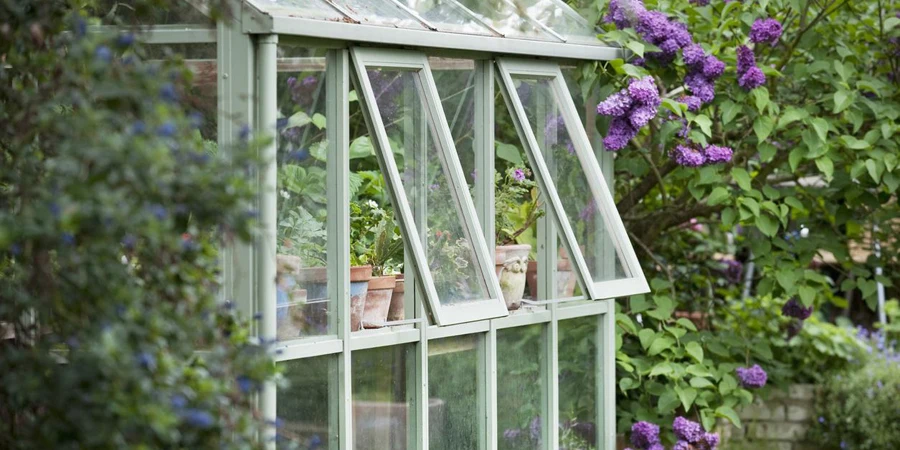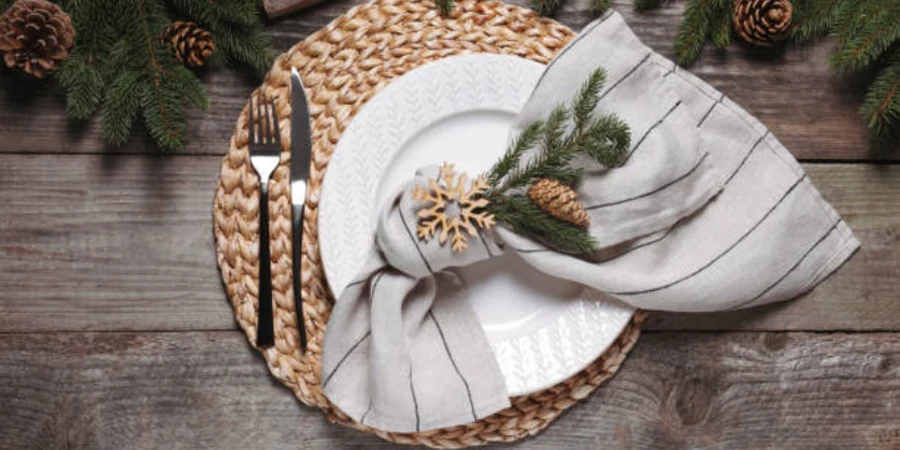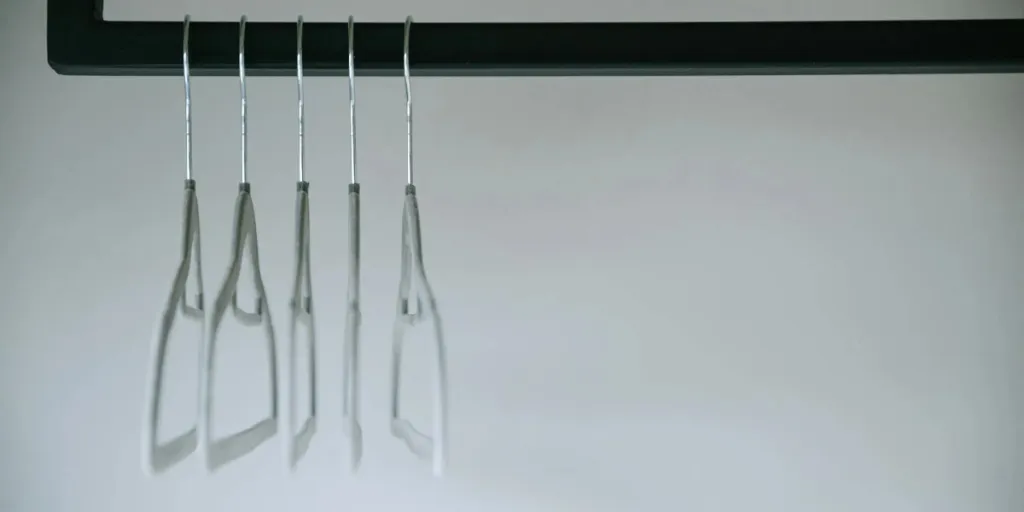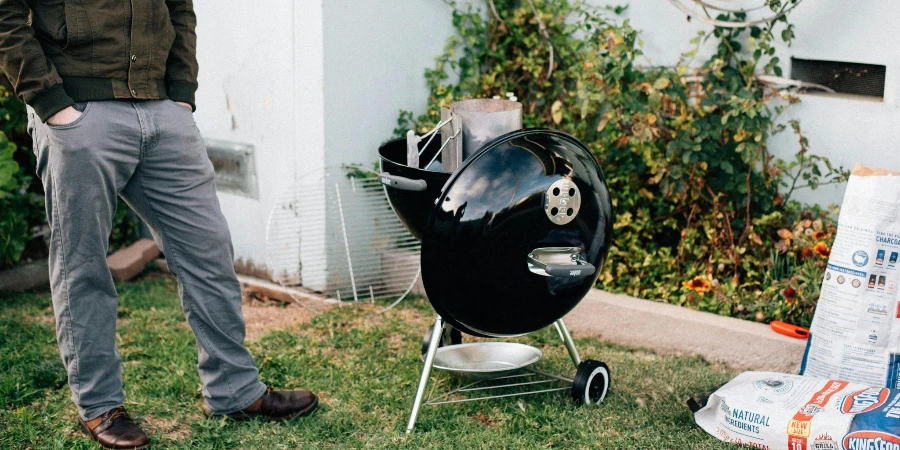In 2024, selecting the right garden greenhouse becomes essential for maximizing garden productivity and extending growing seasons. These structures, ranging from expansive walk-ins to compact lean-tos, offer tailored environments that protect and nurture plants throughout the year. As technological advancements and eco-friendly materials become more prevalent, understanding the spectrum of available greenhouses and their specific benefits allows for strategic investments that cater to diverse horticultural needs. This insight is particularly valuable in making informed decisions that align with evolving gardening trends and customer expectations.
Table of Contents
1. Exploring the spectrum of garden greenhouses
2. Pulse of the market: greenhouse trends in 2024
3. Essential selection criteria for greenhouses
4. Spotlight on top greenhouse models and their features
Exploring the spectrum of garden greenhouses

Garden greenhouses serve as pivotal structures for extending growing seasons and enhancing plant productivity. By providing controlled environments, these structures enable the cultivation of a wide range of plants, from delicate flowers to robust vegetables, beyond the natural climate limitations.
Decoding greenhouse structures: Greenhouse configurations vary widely to accommodate different gardening needs and space constraints. The most common types include:
- Walk-in greenhouses: These spacious structures are ideal for large-scale gardening. They typically feature sturdy frames, often made of metal or wood, covered with polycarbonate or glass panels that provide ample light and protection from the elements.
- Mini greenhouses: Perfect for smaller spaces or beginner gardeners, mini greenhouses often use less durable materials but still offer effective protection and climate control for a limited number of plants.
- Lean-to greenhouses: Attached to a house or building, these greenhouses take advantage of existing structures for support and easy access to utilities like water and electricity. They are an excellent option for those with restricted garden space or who require close proximity to their plants.
Each type of greenhouse has its unique set of advantages, depending on the intended use and available space. For instance, walk-in greenhouses are suited for commercial production or serious hobbyists, while mini and lean-to types are more appropriate for casual gardening or constrained spaces.
Tailoring greenhouses to climates and cultivation: Choosing the right type of greenhouse also involves considering the specific climate and cultivation needs. For example:
- Cold climates: In areas with harsh winters, insulated greenhouses with options for heating systems are crucial. Structures with double-glazed polycarbonate or glass are preferred for their superior insulation properties.
- Warm climates: In hotter regions, greenhouses with excellent ventilation and shade options are necessary to prevent overheating. Features like roof vents, side vents, and shade cloths help regulate temperatures and ensure a conducive growth environment.
- All-season gardening: For gardeners aiming to extend their growing season year-round, greenhouses with both heating and cooling capabilities, robust insulation, and adaptive ventilation systems offer the flexibility to cultivate a variety of plants regardless of the season.
Additionally, the choice of materials plays a significant role in the functionality and durability of greenhouses. Materials like polycarbonate are favored for their resilience against UV rays and impact, providing long-term reliability and safety for both plants and gardeners. In contrast, glass, while offering excellent clarity and durability, requires more careful handling and installation.
Understanding these nuances helps in selecting a greenhouse that not only fits the physical landscape but also aligns with the gardener’s goals and local environmental conditions. This strategic selection ensures optimal plant health and productivity, leading to successful gardening endeavors regardless of external climate challenges.
Pulse of the market: greenhouse trends in 2024

The garden greenhouse industry continues to evolve rapidly, influenced by both technological advancements and shifting market dynamics. In 2024, these changes are shaping how greenhouses are designed, operated, and utilized across the globe.
Statistical market analysis: Experts currently value the U.S. garden greenhouse market at US$ 2,910.7 million, and they expect it to reach US $5,204.6 million by 2030. They estimate this boost will happen at an 8.8% compound annual growth rate (CAGR) from 2024 to 2030. The market for garden greenhouses is experiencing robust growth, driven by an increase in hobby gardening and commercial cultivation. According to industry reports, the global greenhouse market is expected to expand significantly, with a compound annual growth rate (CAGR) that underscores the growing demand for controlled environment agriculture.
Consumer preferences are leaning heavily towards organic and locally grown produce, which in turn boosts investments in greenhouse technology. This trend is accompanied by a rise in government initiatives that support sustainable agricultural practices, offering subsidies and incentives for greenhouse installation.
Market analysis also highlights a competitive landscape where innovation is key to gaining market share. Companies are not only focusing on technological enhancements but are also forming strategic alliances and expanding into new geographic regions to consolidate their market presence. This strategic focus is mirrored in the growth projections for the greenhouse market, which predict continued expansion well into the next decade.
Evolution in greenhouse gardening: Recent years have seen a significant shift toward eco-friendly materials and the integration of smart technology in greenhouse gardening. Innovations such as automated climate control systems, energy-efficient lighting, and advanced monitoring tools that leverage the Internet of Things (IoT) are becoming standard. These technologies not only enhance plant growth and yield but also improve water and energy use efficiency, crucial in today’s environmentally conscious market.
Additionally, the push for sustainability is driving the adoption of more durable and recyclable materials in greenhouse construction. Manufacturers are increasingly opting for materials that extend the life of greenhouses while minimizing their environmental footprint. This includes the use of polycarbonate panels, which offer excellent insulation properties and durability, reducing the need for frequent replacements.
These trends collectively depict a greenhouse industry that is both vibrant and responsive to the needs of modern agriculture. As technology continues to advance and sustainability becomes even more critical, the capabilities of greenhouses to support diverse and efficient plant production are set to increase, making them an indispensable tool in the future of farming.
Essential selection criteria for greenhouses

When selecting the appropriate garden greenhouse, it is imperative to consider various factors that ensure the structure will meet the specific needs of the plants while also being sustainable and cost-effective in the long term.
Building blocks: material and durability. The selection of construction materials is crucial for the longevity and effectiveness of a greenhouse. Materials such as polycarbonate, glass, and heavy-duty polyethylene each offer unique benefits and challenges. For example, polycarbonate is favored for its strength, lightweight nature, and UV resistance, making it suitable for areas with fluctuating weather conditions. It’s also effective in maintaining a consistent internal climate due to its insulative properties. On the other hand, glass provides unparalleled clarity and durability, which is beneficial for maximizing light exposure, but it can be more expensive and fragile, requiring careful installation and maintenance.
Durability is also a significant factor, as the structural integrity of the greenhouse must withstand various environmental stressors such as wind, snow, and hail. For instance, in regions prone to heavy snowfall, a greenhouse with a strong, durable frame and reinforced glazing is essential to prevent structural damage. The choice of material not only impacts the initial investment but also influences long-term maintenance costs and the overall lifespan of the greenhouse.
The role of ventilation and insulation: Adequate ventilation and insulation are critical in maintaining an optimal environment within the greenhouse. Proper ventilation systems help to mitigate extreme temperatures, reducing the risk of heat stress during hot weather and maintaining air circulation to prevent damp conditions that can lead to mold and mildew. For example, automated vent openers can adjust the airflow based on temperature fluctuations, which is essential for preventing the greenhouse from overheating.
Insulation is equally important, especially in cooler climates where heat retention is crucial for extending the growing season. Effective insulation helps to keep the internal temperature stable, which is vital for sensitive plants that require a specific climate to thrive. Technologies such as double-glazed panels or bubble wrap lining are examples of insulation methods that can significantly enhance thermal retention inside the greenhouse.
Considerations for space and setup: The available space and the intended use of the greenhouse also dictate the appropriate type and size of the structure. For small gardens or limited spaces, a mini greenhouse or a lean-to design can be ideal, providing sufficient space for growing without requiring a large footprint. These models are perfect for hobby gardeners or those with limited outdoor space. In contrast, commercial operations or avid gardeners might opt for larger, freestanding greenhouses that can accommodate more extensive plant collections and provide ample room for cultivation activities.
Installation feasibility is another critical consideration. Factors such as ease of assembly, the necessity for a foundation, and accessibility for future maintenance should be evaluated. Some greenhouse kits offer easy assembly with minimal tools required, making them a good choice for DIY enthusiasts. However, larger or more complex models might need professional installation and a permanent foundation, which can add to the overall costs and preparation time.
By thoroughly assessing these essential criteria—material and durability, ventilation and insulation, and space and setup requirements much valued by potential greenhouse owners, retailers can make informed decisions on product selection, leading to a further success. This careful consideration ensures the chosen greenhouse will provide their customers a functional, efficient, and enjoyable gardening experience for years to come.
Spotlight on top greenhouse models and their features

In the realm of garden greenhouses, a few models have set themselves apart through superior construction, innovative features, and adaptability to various gardening needs. This section will focus on two distinguished series: the Exaco Riga and the Palram, providing insights into their specific models and the advanced features that make them standout choices for both hobbyists and commercial cultivators.
Introduction to Top Market Contenders: As the garden sector approaches 2024, several greenhouse models stand out for their advanced features and adaptability to varying climatic conditions. The marketplace sees a varied range of models from high-end, permanent installations to more flexible, cost-effective solutions. Each model is tailored to meet specific gardening requirements, from robust weather resistance to enhanced ecological efficiencies, offering a solution for every gardening enthusiast’s needs.
Feature Face-Off: Comparing the Best: In the pursuit of finding the perfect greenhouse, a comparative analysis of the leading models reveals distinct advantages tailored to diverse gardening demands. The Exaco Riga German Hobby Greenhouse sets a high standard with its sturdy build and unique “onion” design, ideal for harsh weather conditions due to its UV-protected twin-wall polycarbonate glazing. It is particularly noted for its ability to withstand up to 80 mph winds and 25 pounds per square foot of snow load, making it a formidable choice for year-round gardeners.
On a more accessible note, the Veikous Walk-In Greenhouse Kit offers a practical option for those starting their gardening journey. Though not as robust as the Riga, its polycarbonate panels and aluminum frame provide sufficient protection and durability for moderate climates, at a more affordable price point. It includes features like lockable doors and adjustable roof vents, enhancing its user-friendly appeal.
The Palram Canopia Glory Premium Greenhouse blends aesthetics with functionality. Its hail-resistant, twin-wall polycarbonate panels and extensive accessories such as automatic vent openers and closed gutter systems for rainwater collection cater to the meticulous gardener who values both form and function. This model strikes a balance between advanced features and aesthetic appeal, making it a popular choice among those looking to enhance their garden’s visual and functional aspects.
For gardeners looking for versatility and ease of setup, the Ohuhu Walk-In Greenhouse presents a viable option. This model is celebrated for its straightforward assembly and portability, coupled with the durability of its PE cover and elector-coated frame. It provides a nurturing environment for a wide array of plants, thanks to its ample shelving and effective temperature control facilitated by roll-up doors and windows.
Lastly, the Quictent High Tunnel Greenhouse stands out for its extended cover design and heavy-duty reinforced PE cover, providing enhanced insulation and ample ventilation through its multiple mesh windows. It is designed for gardeners who require a durable structure capable of extending the growing season without the complexities of a permanent setup.
Conclusion
Selecting the ideal greenhouse is a decision that combines understanding of material durability, climate control technologies, and spatial dynamics to support robust plant growth. By comparing top models like the Exaco Riga and Palram series, this article highlights the importance of each feature in fostering a productive gardening environment. For business professionals in the industry, recognizing these attributes ensures a wise investment, aligning greenhouse choices with both business objectives and climatic demands to optimize horticultural success.








